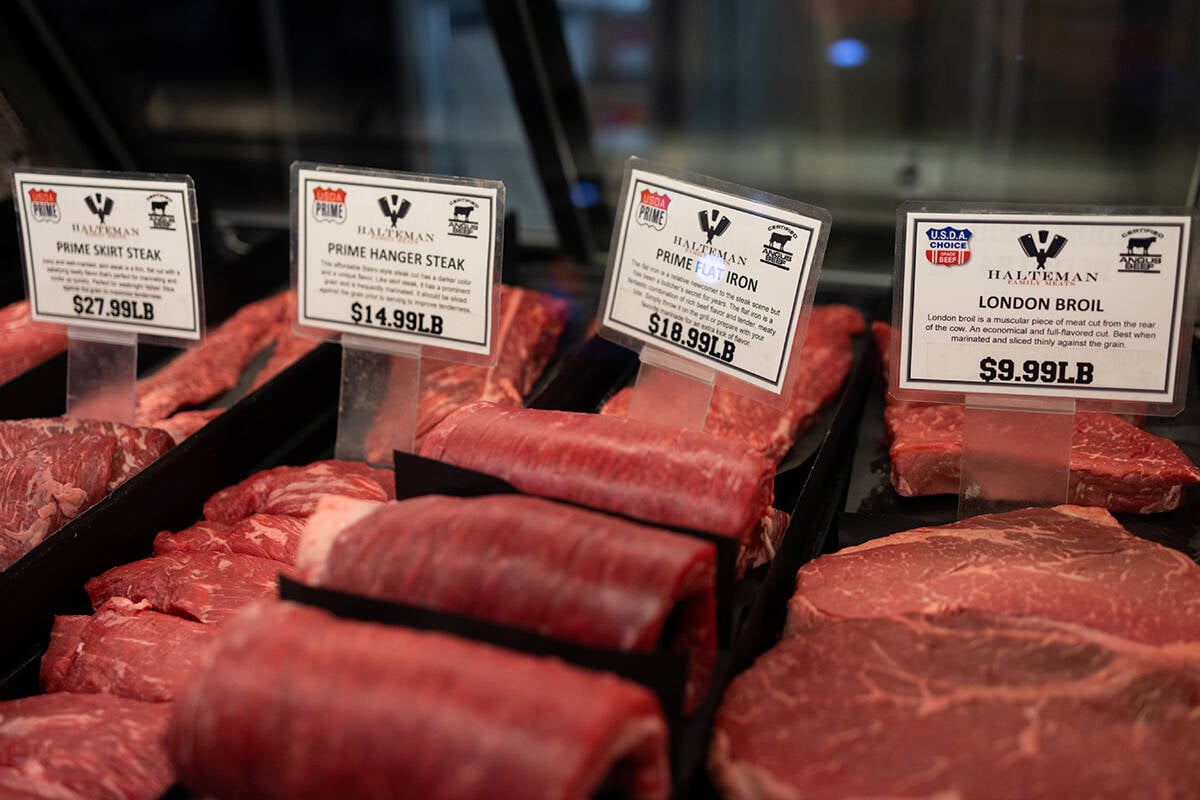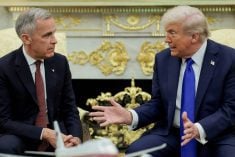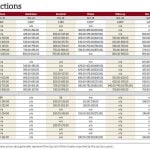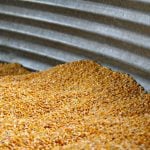It appears U.S. president Donald Trump’s knowledge of the beef industry is pretty much limited to his taste for Big Macs.
His trade policies, coloured by personal likes and dislikes involving South America’s two largest beef exporters, is making America’s problems with high beef prices worse.
He had a bright idea recently that he could help American consumers angry with sky high beef prices and at the same time help out his pal, Argentine president Javier Milei, whose country’s economy is big trouble.
Read Also

U.S. soy farmers hold bad hand in rigged game
More tariffs, an unlimited peso bailout, a government shutdown, no plan for federal assistance — and farmers are holding a bad hand in a rigged game where the rules change every day.
He told a news conference Oct. 16 that he was working to lower beef prices.
”We did something, we worked our magic.”
A couple of days later he popped the rabbit out of his hat, saying the United States would buy beef from Argentina, noting he likes Milei, whose political persona is similar to Trump’s, and “if we buy some beef — now, I’m not talking about that much — from Argentina, it would help Argentina, which we consider a very good country.”
The response from America’s beef producers was swift and negative with the National Cattlemen’s Beef Association noting many concerns.
“This plan only creates chaos at a critical time of the year for American cattle producers, while doing nothing to lower grocery store prices,” said NCBA chief executive officer Colin Woodall.
The NCBA urged the president to stay out of the issue and let the market do its job to restore equilibrium to the beef supply chain.
The issue with that is it will likely take years for the cattle industry to rebuild to a point where it produces enough beef to lower prices.
The situation in the American and Canadian cattle industries is similar.
Multiple years of dry weather in the western half of the continent hurt pastures. Feedgrain prices and farm input prices soared with Russia’s invasion of Ukraine and took years to moderate. The ranching community leans toward the older end of the spectrum.
All of this caused producers to reduce the size of their herds.
The Canadian beef cow herd as of July 1 grew fractionally from the year before but otherwise is still the smallest since 1988.
The U.S. beef herd is the smallest since 1973.
Fed and feeder prices on the Chicago futures markets are at record highs, as are beef prices in the grocery stores and restaurants.
Cattle are larger and produce more beef per head than in the past, partly making up for the reduced numbers, but even then, beef production is down.
In Canada, production so far this year is down five per cent.
American beef production is expected to be down 4.3 percent this year.
With such a deficit in domestic production, it is no surprise that beef exports from each nation are down and imports are up.
The U.S. Department of Agriculture expects beef imports to rise 15.7 per cent this year, but Trump is making imports more expensive.
Although he promotes imports of Argentine beef, he put high tariffs on Brazilian beef.
The tariff started at 26.4 per cent but rose to 50 percent in August.
The boost was because Trump didn’t like it that Brazil’s supreme court was about to try another of his friends, the former strongman president Jair Bolsonaro.
Subsequently, Bolsonaro was convicted and sentenced to 27 years for plotting a coup to prevent current president Luiz Inácio Lula da Silva from taking office after he won the 2022 election.
Earlier in the year, Brazil had become the leading source of beef imports into the U.S.
From January to July, imports of Brazilian beef soared to 810 million pounds, up 91 per cent from the previous year.
The tariff slashed that trade.
Brazil’s government statistics show beef exports to the U.S. in September fell 41 per cent compared to the pervious year. Instead, the beef went to China.
Trump also has a 10 per cent tariff on its second largest source of beef imports, Australia.
That did not stop Australia from increasing beef exports to the U.S., which in the January to July period climbed 35 per cent to 719.4 million lb.
The situation is made worse because an outbreak of screwworm in Mexican cattle caused the U.S. to suspend live cattle imports.
Normally, about 1.2 million Mexican cattle are shipped annually to the U.S. for feeding and slaughter.
Even if the U.S. imports Argentine beef, the amount available wouldn’t lower beef prices.
The only solution is the slow process of retaining more heifers, keeping them to maturity, breeding them and waiting for them to give birth and then growing the calf to slaughter weight.
And in that period, fewer heifers will be slaughtered, reducing beef production and keeping retail prices high.
Given that situation, high tariffs on beef imports only make the consumer’s situation worse.















